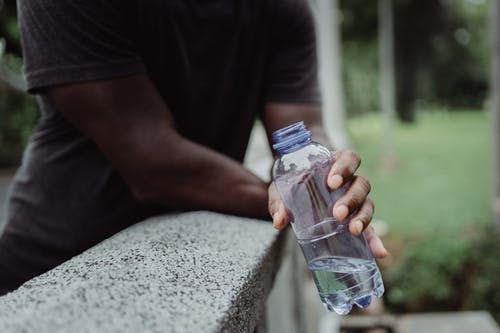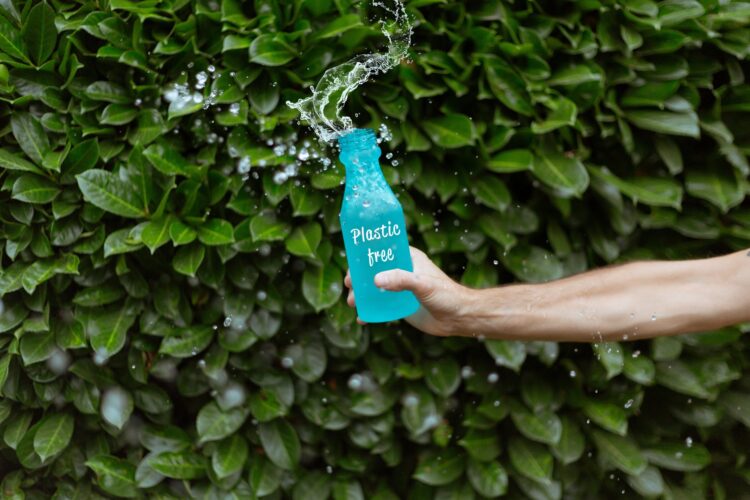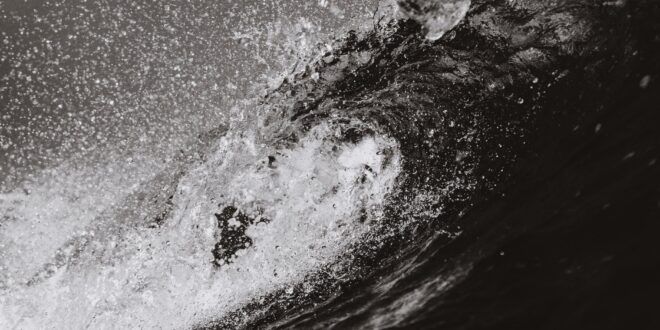When someone mentions contaminated water, it’s normal to assume they are talking about a third world country. After all, all water in Australia is treated to government-approved standards. The treatment plants perform regular tests to ensure it is within the defined parameters.
It may, therefore, surprise you that it is perfectly possible to get contaminated water from your tap. That’s why you need to start thinking about a reverse osmosis water filter from cleanandclearwater.com.au to protect you and your family.
The Water Cycle

Water evaporates from the sea and large bodies of water. In the process of evaporation, it is purified as water evaporates at a different temperature to the minerals in the water. The evaporated water forms clouds which gradually become heavier. When the clouds are heavy enough, they start to drop into cooler air. They can also be blown to cooler air. At this point, the evaporated water returns to liquid form and falls to the earth in the form of rain, ready to start the water cycle again.
It then goes along and through the soil and rocks, picking up contaminants on the way. This is the water that collects at the treatment plant and needs to be cleaned.
The Treatment Plant
Treatment plants remove debris from the water and add chlorine to kill bacteria. They also add fluoride as it is believed to be beneficial to your health, specifically to bone and teeth strength. These are contaminants and can be harmful to your health.
Putting these aside, the water then travels to your home. Unfortunately, the miles of pipework can not all be monitored. It is possible that a small tear exists in one of them, and bacteria and other contaminants can get in.
Contaminants include waste products from factories and houses that are allowed to run across the ground. They can also be spilled chemicals or pesticides and other farming products that have penetrated the water pipes.
In short, it’s comparatively easy for the water supply to become contaminated, and you may not even realize until you are already ill.
The Dangers Of Contaminated Water

The following are generalized as individual reactions may vary in strength according to your genetic makeup, current health, and a variety of other factors.
Poor Health
Although it is possible that you can drink contaminated water and have no side effects, the most common reaction is to have cramps, diarrhea, vomiting, and feeling sick. If the levels of contamination are low, but you consume the water regularly, then it’s possible that the effects won’t be noticed for several months or even years. This will be a bigger issue as it is more likely to have damaged your intestinal tract.
It is worth noting that bovine colostrums have been shown to help reduce the effects of drinking contaminated water. It can help boost immunity and prevent bacteria in contaminated water from multiplying inside your body. It can even assist in reducing the effects of poison in your body.
Dehydration
As the contaminant takes hold of your system, you’re likely to feel thirstier. Contaminants are generally very good at removing the good stuff from your body, such as water. Despite the fact you are drinking, you’ll feel less hydrated, which can encourage headaches, confusion, and even mobility issues.
Death
The worst-case scenario when consuming contaminated water is death. This can be fast or slow, depending on the contaminant in the water. One thing is certain, death through contamination is likely to be painful, and, in many cases, once you realize the issue, it will be too late to do anything about it.
Don’t forget that not having any symptoms doesn’t mean you haven’t drunk contaminated water, the effects may not be visible yet, or you may be lucky and not suffer from it.
Checking the water or taking precautions is also important because the long term effects can be severe but unnoticed when you’re drinking the contaminated water. For example, radium causes cancer and heart disease, but you won’t feel ill when you drink the water containing it.
Avoiding Contaminated Water
The sensible approach is to avoid drinking contaminated water. You could purchase test kits and test your water every day. However, this is time-consuming, and it’s easy to forget one day, which turns out to be the crucial day.
Instead, you should simply assume your tap water is contaminated and take the appropriate action. It is worth noting that some bottled waters are simply tapped water placed in a bottle. If you decide bottled water is the direction you want to go, then make sure you’re buying genuine spring one.
If you’re in the wild, then you can boil the water to kill bacteria and add an iodine tablet to ensure the water is safe to drink and use for food preparation. However, if you’re at home, the simplest approach is to have a water filter fitted in your house.
You can choose between a whole-house system or one that just does one tap. You’ll also need to decide which water filtration system s best for your needs. The most popular are aerated carbon and reverse osmosis.
The aerated carbon simple captures the contaminants as they pass through the filter, providing you with clean and safe water
However, this approach will not necessarily remove all the contaminants. Instead, you need to consider a reverse osmosis filter. These can be fitted inline under your sink and take up surprisingly little space. These filters are designed to eliminate contaminants, particularly heavy metals and other compounds that could be dangerous to your health.
The Bottom Line
Unless you test the water every time you drink it, you’ll never be certain if it has been contaminated or not. That’s why it’s advisable to invest in a water filter and prevent you from worrying about whether you’ve consumed contaminated water or not.
Remember, it’s not all as visible as drinking from a dirty puddle, but the results are the same.
 Hi Boox Popular Magazine 2024
Hi Boox Popular Magazine 2024



